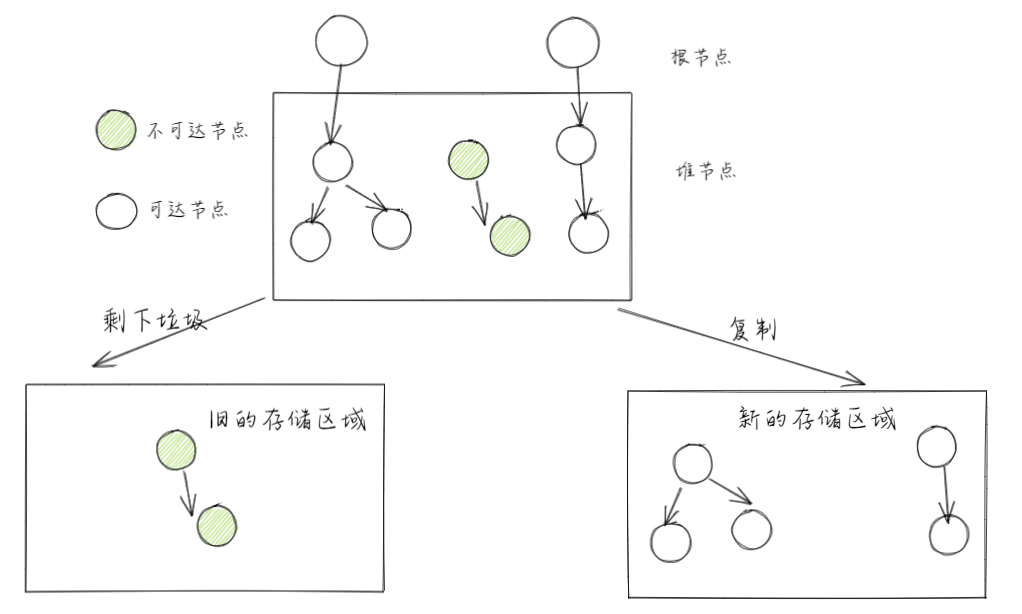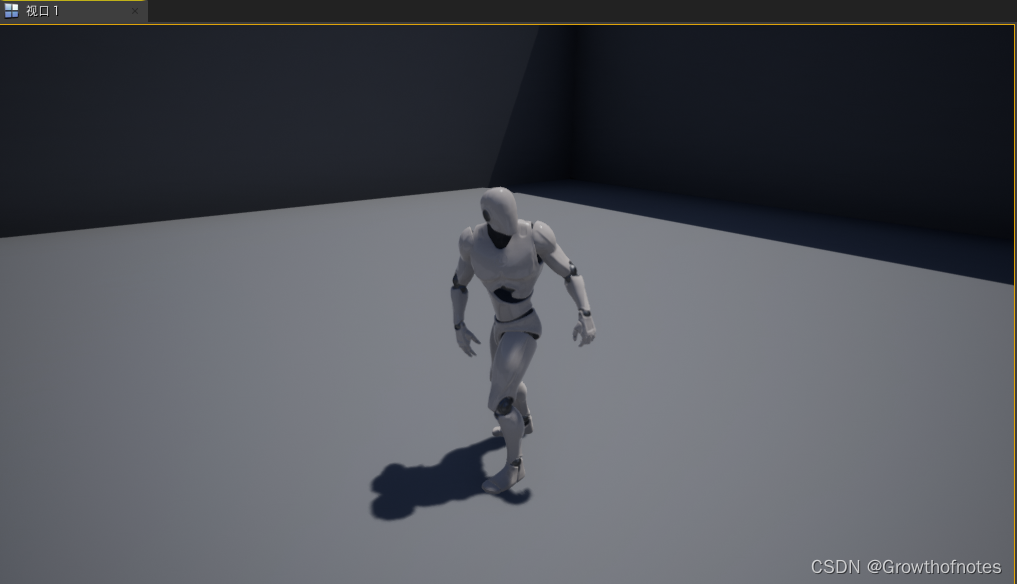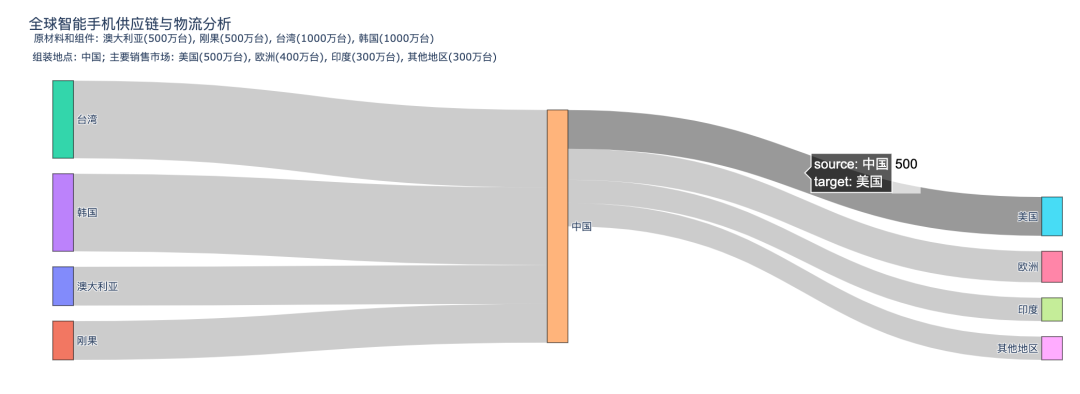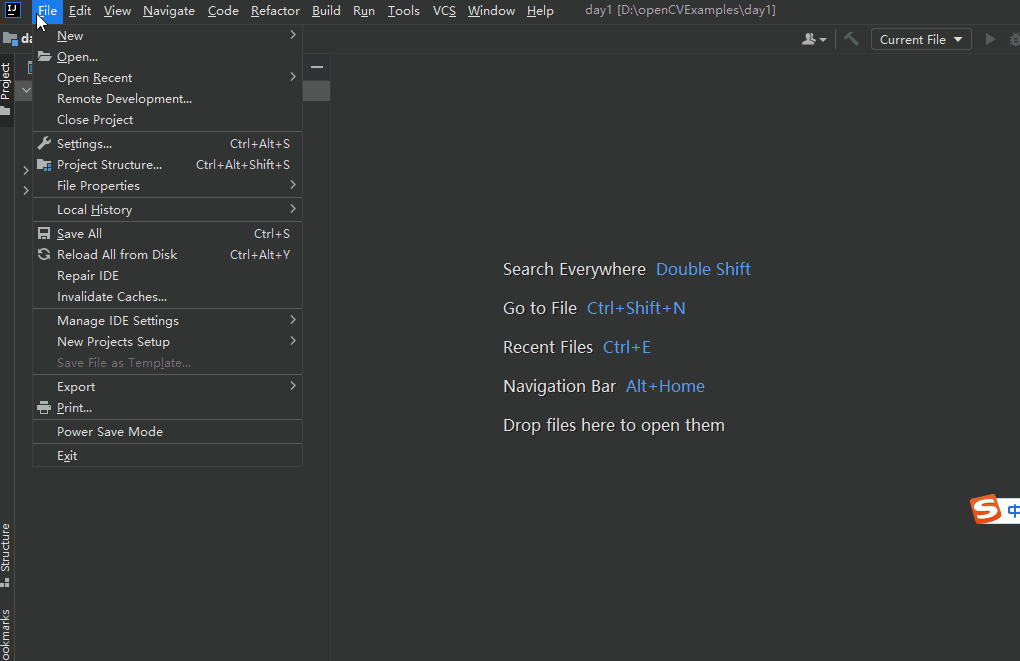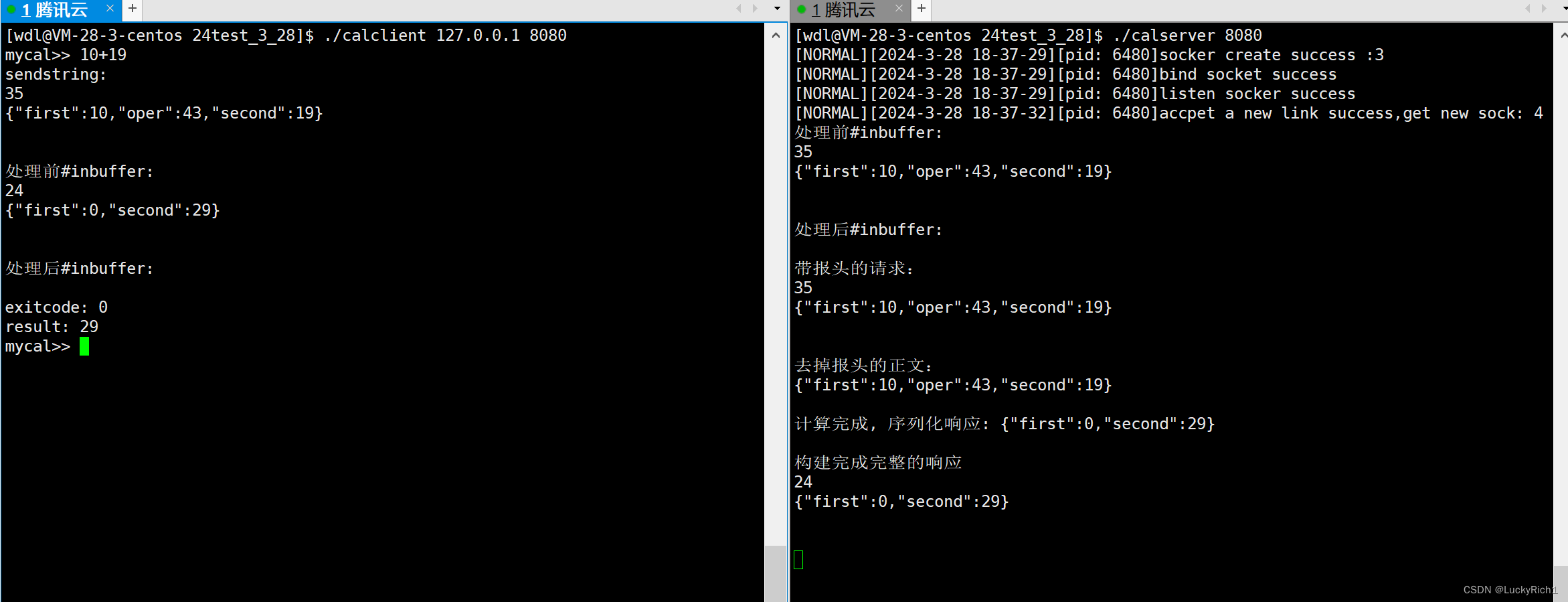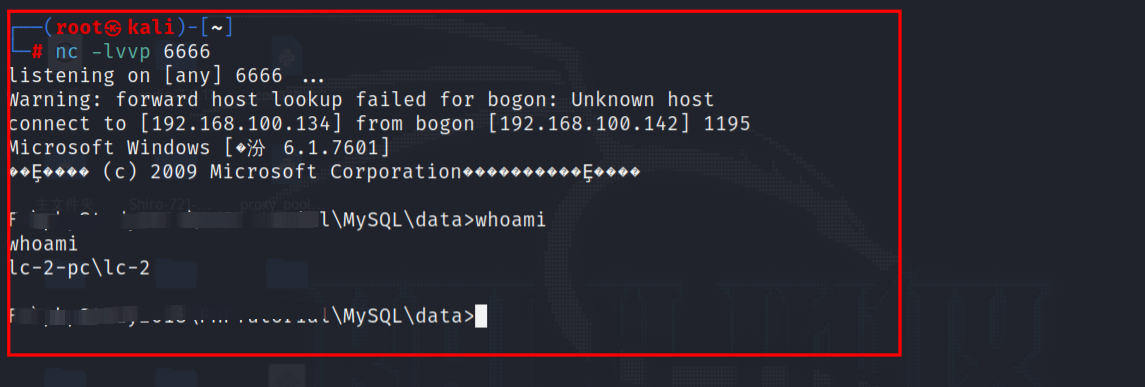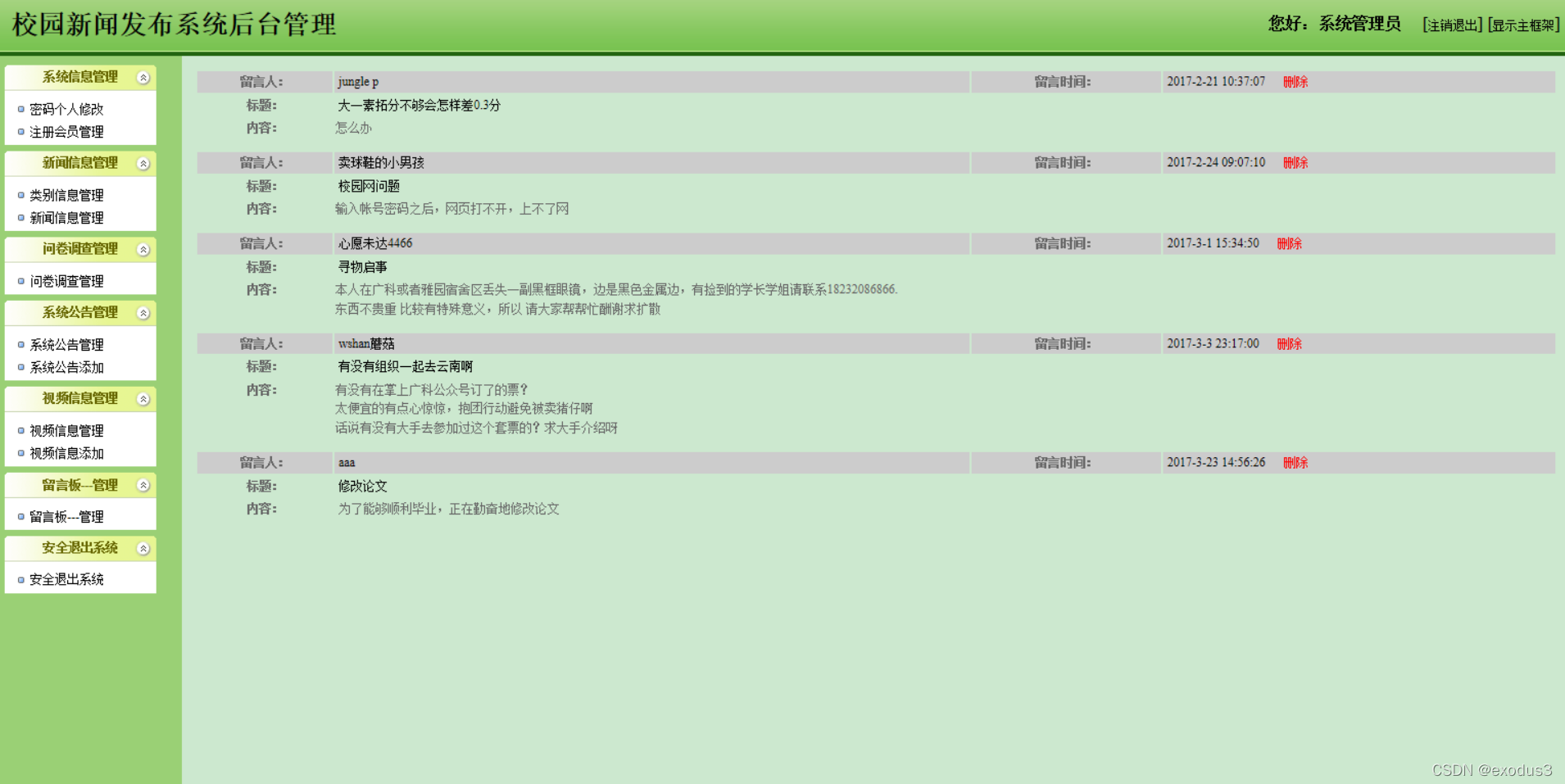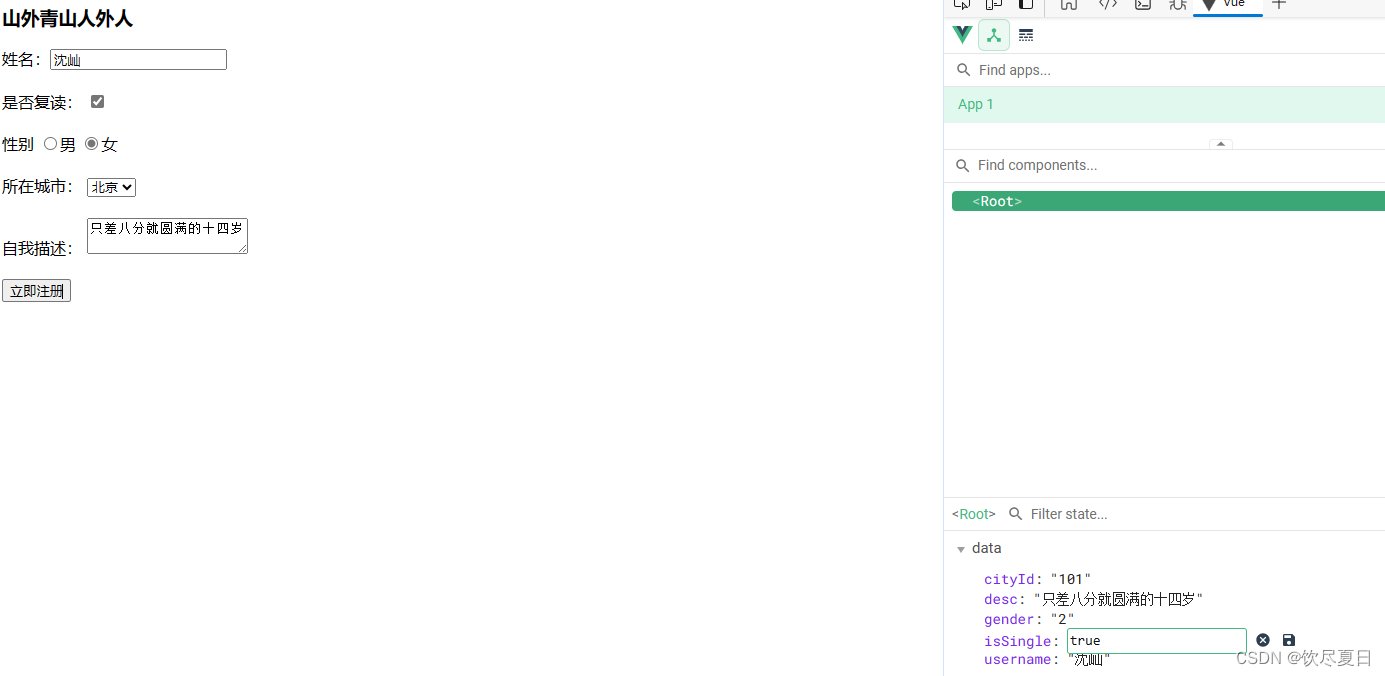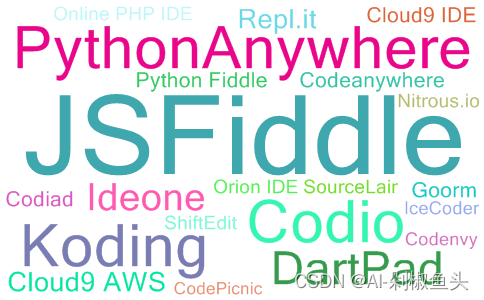目录
1.指针的基本概念
代码示例:
2.指针所占内存空间
代码示例:
3.空指针和野指针
代码示例:
4.const修饰指针
代码示例:
5.指针和数组
代码示例:
6.指针和函数
代码示例:
7.指针,数组,函数 练习
代码示例:
1.指针的基本概念
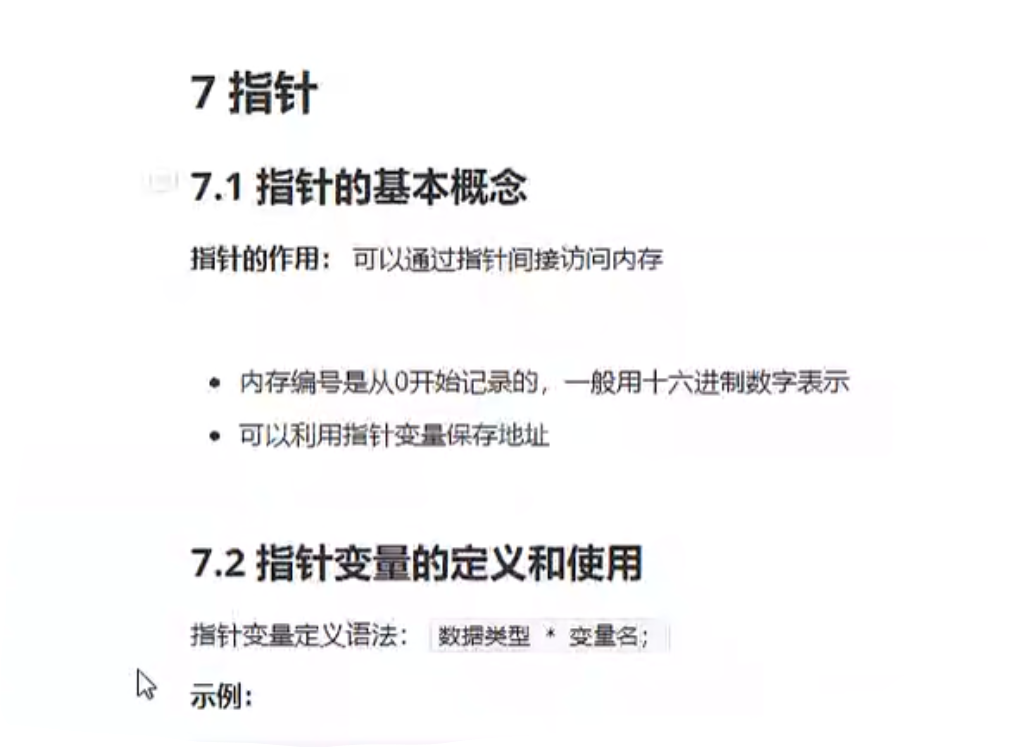
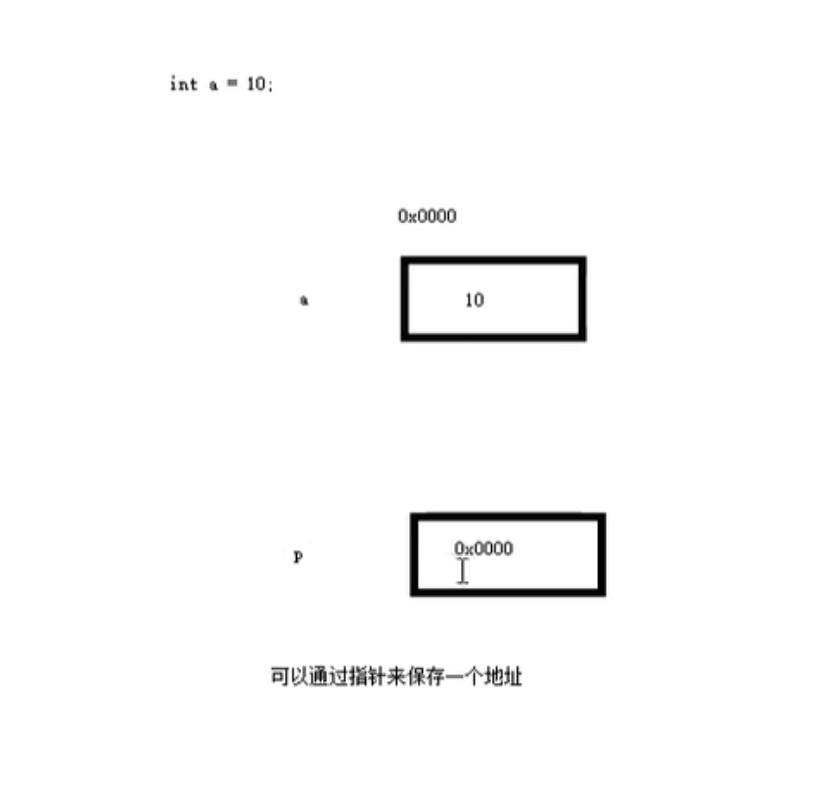
代码示例:
#include<bits/stdc++.h>
using namespace std;int main()
{int a = 10;int *p;p = &a;cout << &a << endl;cout << p << endl;cout << "*p = " << *p << endl;return 0;
}
2.指针所占内存空间

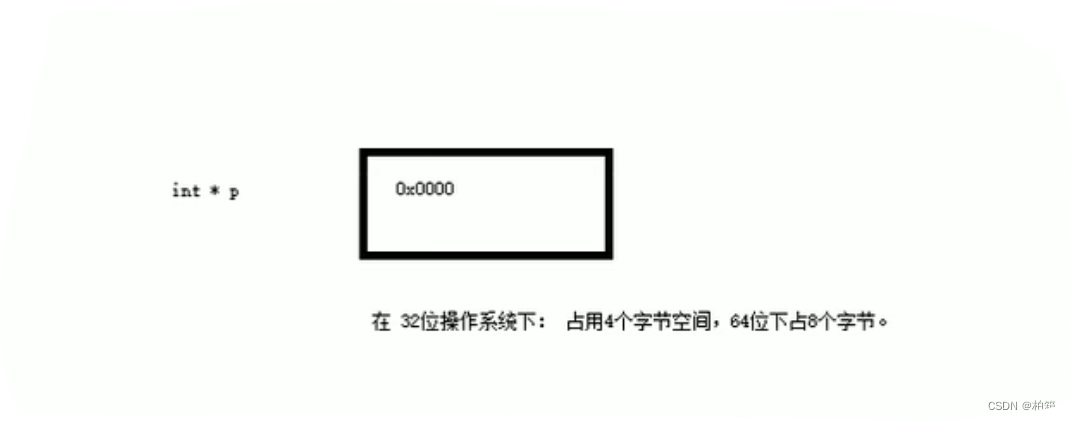
代码示例:
#include<bits/stdc++.h>
using namespace std;int main()
{//在32位操作系统下,指针占4个字节空间大小,无论是什么数据类型//在64位操作系统下,指针占8个字节空间大小,无论是什么数据类型cout << sizeof(int *) << endl;cout << sizeof(double *) << endl;cout << sizeof(float *) << endl;cout << sizeof(char *) << endl;return 0;
}
3.空指针和野指针
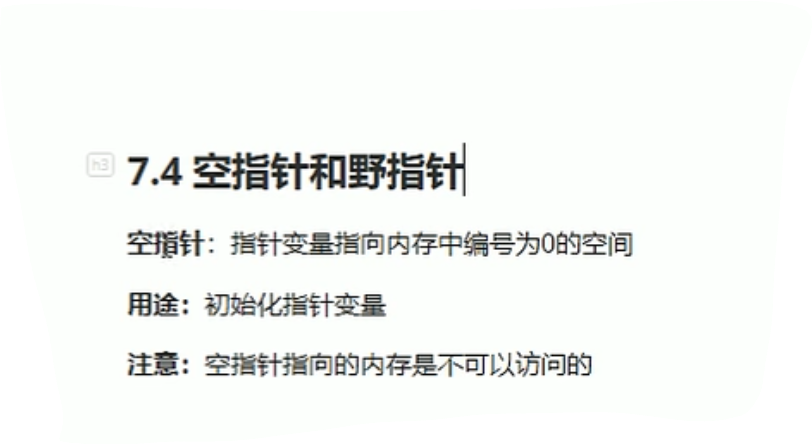
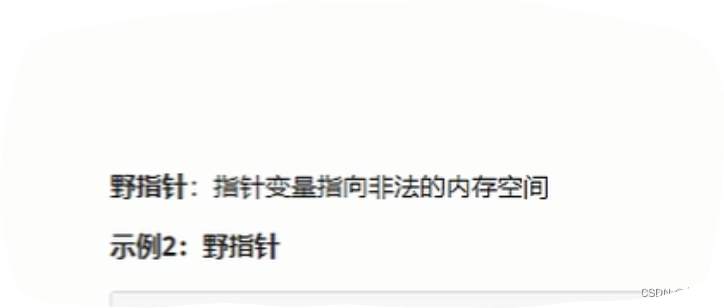
代码示例:
#include<bits/stdc++.h>
using namespace std;int main()
{
//空指针用于给指针变量初始化,并且空指针指向的内存不可以被访问int *p = NULL;*p = 100;//在程序中,尽量避免出现野指针int *p1 = (int *)0x1100;cout << *p1 << endl;return 0;
}
4.const修饰指针
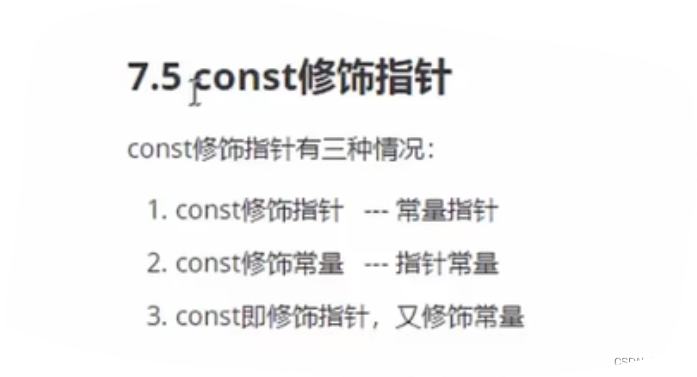

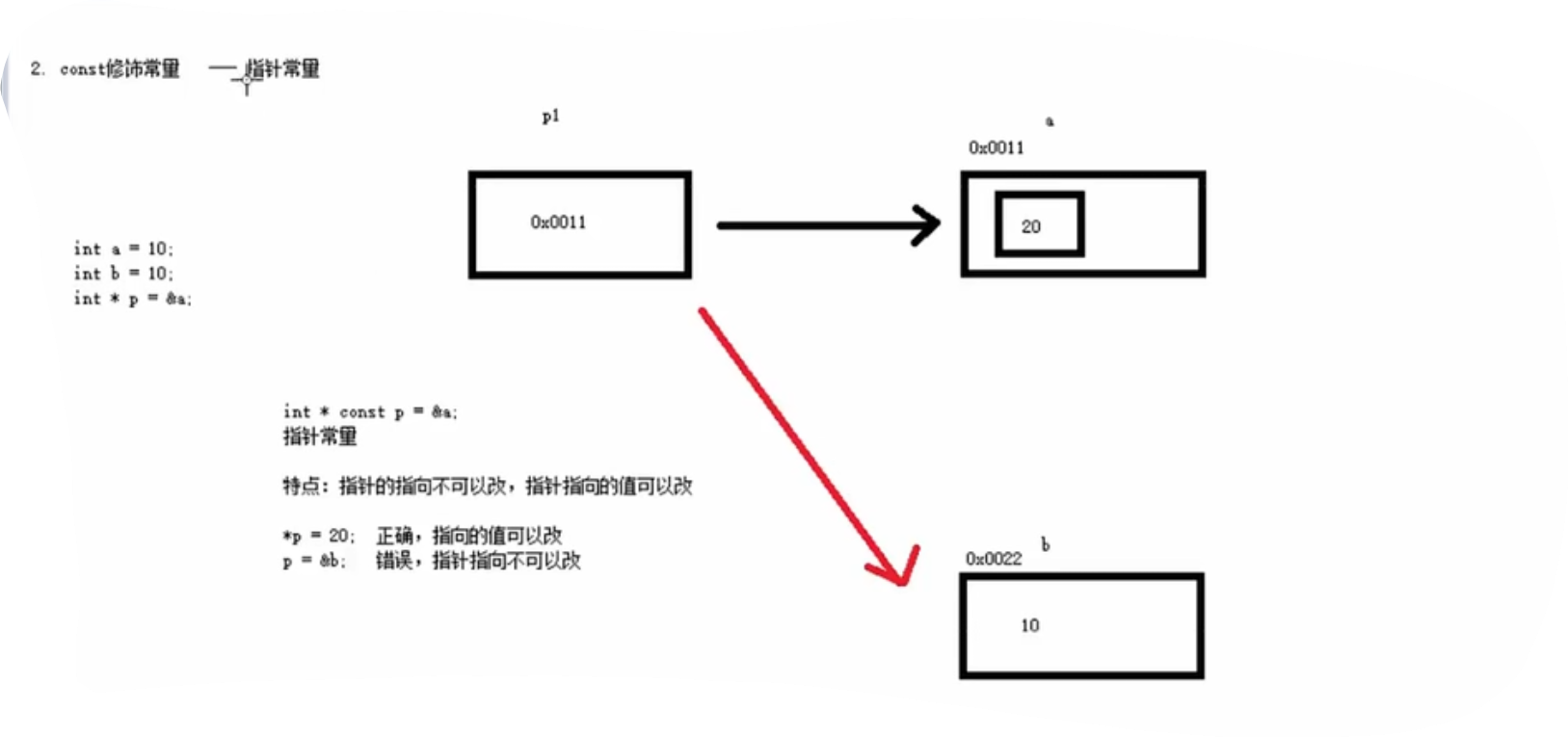
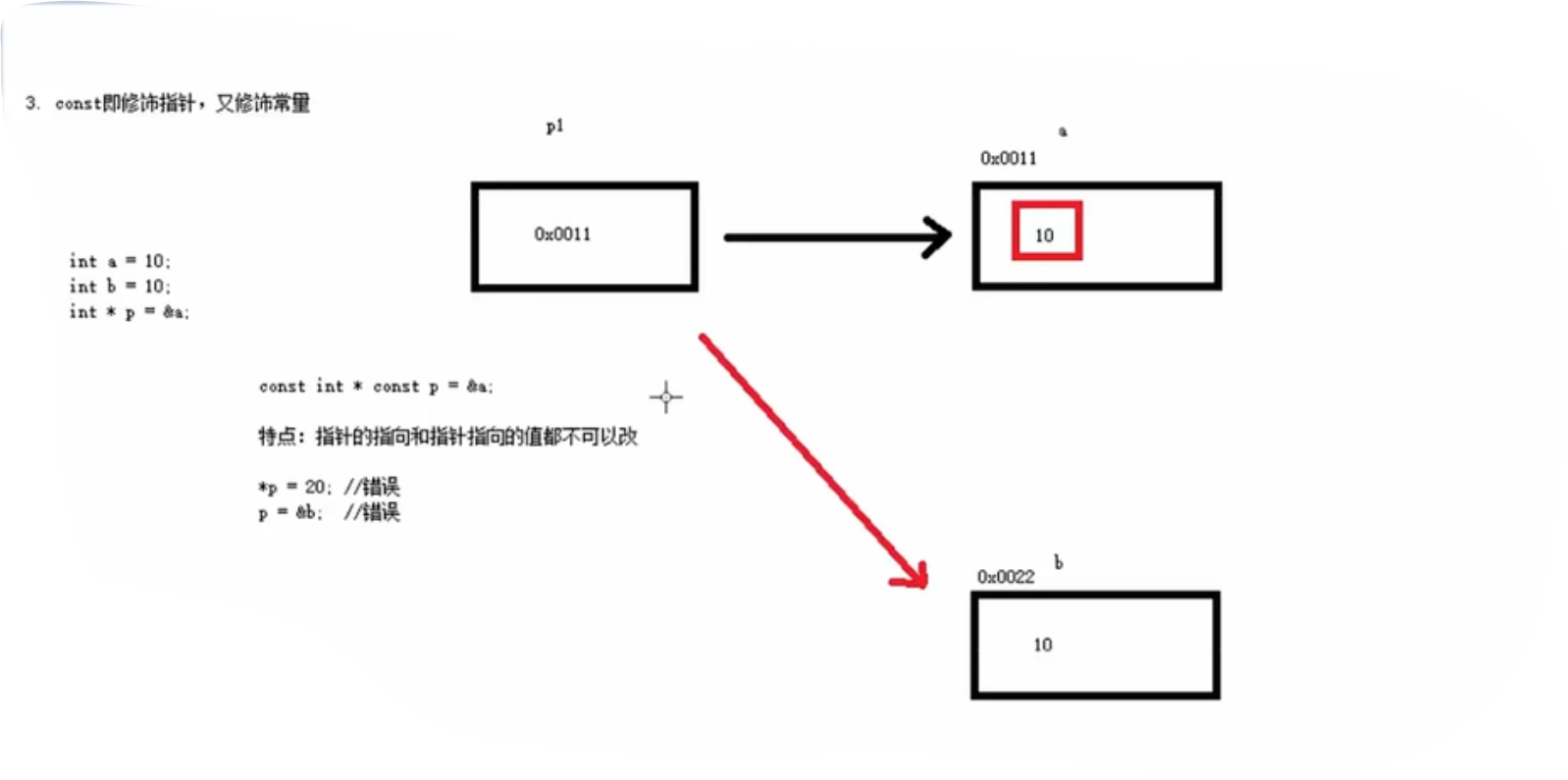
代码示例:
#include<bits/stdc++.h>
using namespace std;int main()
{int a = 10;int b = 10;//第一种,常量指针const int *p1 = &a;//指针指向的值不可以修改,指针的指向可以修改//*p1 = 20//错误p1 = &b;//正确//第二种,指针常量int *const p2 = &a;//指针指向的值可以修改,指针的指向不能修改*p2 = 20;//正确//*p2 = &b//错误//第三种,const修饰指针和常量const int * const p3 = &a;//指针指向的值和指针的指向都不能修改//*p3 = 20;//错误//p3 = &b;//错误return 0;
}
5.指针和数组

代码示例:
#include<bits/stdc++.h>
using namespace std;int main()
{int arr[] = {1,3,7,5,4,2,9,0};int *p = arr;cout << *p << endl;p++;cout << *p << endl;return 0;
}6.指针和函数
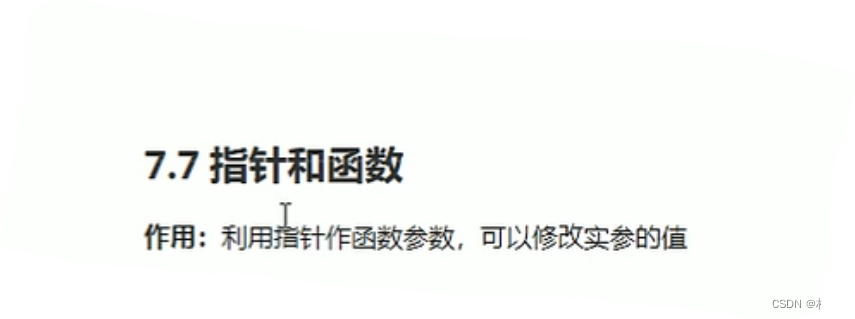
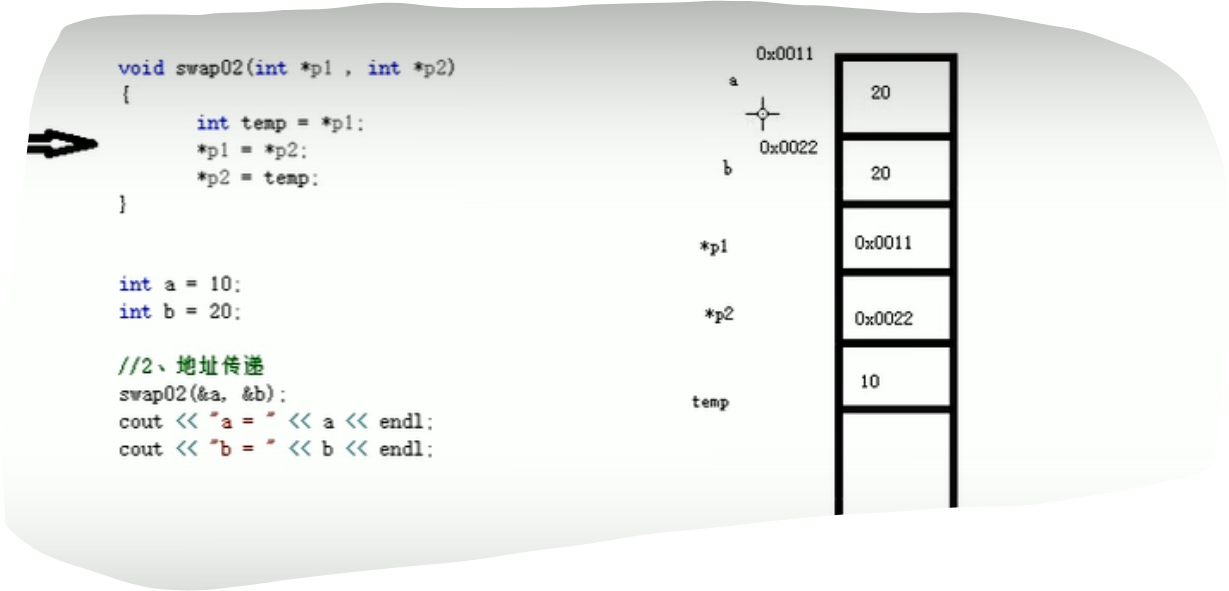
代码示例:
#include<bits/stdc++.h>
using namespace std;void swap(int *a,int *b)
{int temp = *a;*a = *b;*b = temp;
}int main()
{int a = 10;int b = 20;cout << "交换前a的值为:" << a << endl;cout << "交换前b的值为:" << b << endl;swap(&a,&b);cout << "交换后a的值为:" << a << endl;cout << "交换后b的值为:" << b << endl;
}
7.指针,数组,函数 练习

代码示例:
#include<bits/stdc++.h>
using namespace std;void bubblesort(int *arr,int len)
{for(int i = 0; i < len - 1; i++){for(int j = 0; j < len - i - 1; j++){if(arr[j] > arr[j + 1]){int temp = arr[j];arr[j] = arr[j + 1];arr[j + 1] = temp;}}}
}int main()
{int arr[10] = {5,6,3,2,9,1,0,7,4,9};int len = sizeof(arr)/sizeof(arr[0]);bubblesort(arr,len);for(int i = 0; i < 10; i++){cout << arr[i] << ' ';}return 0;
}

